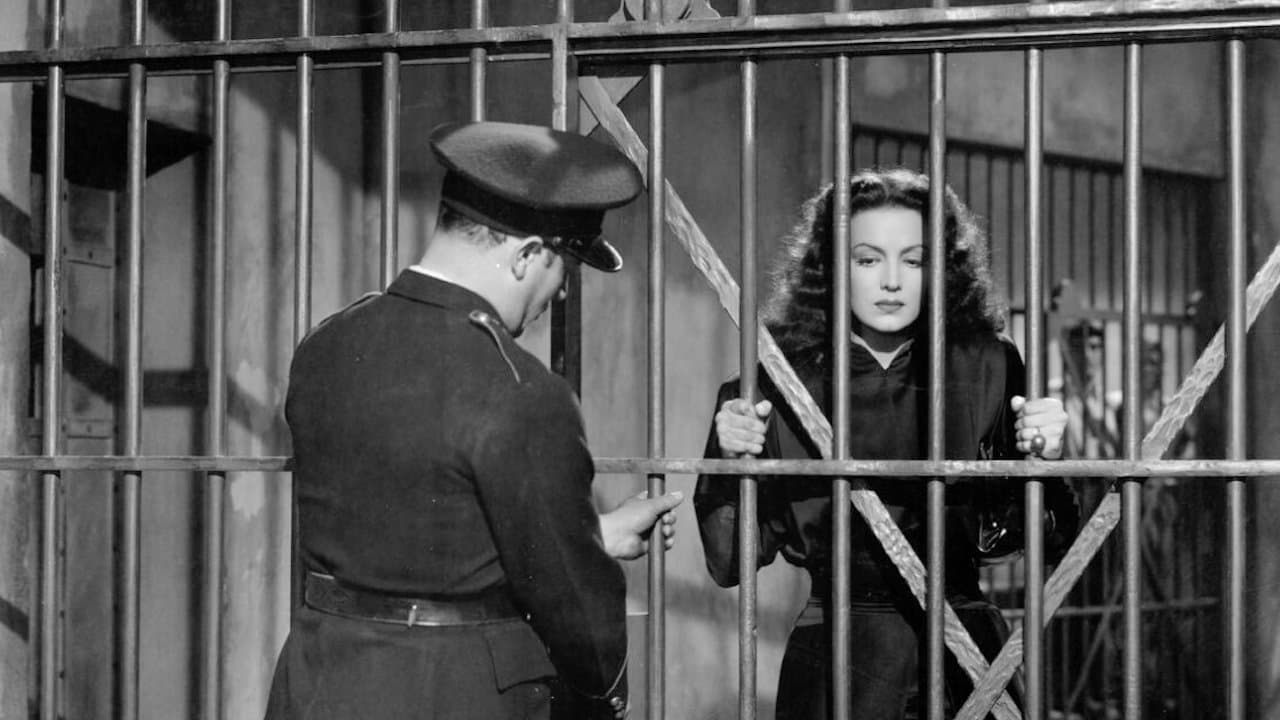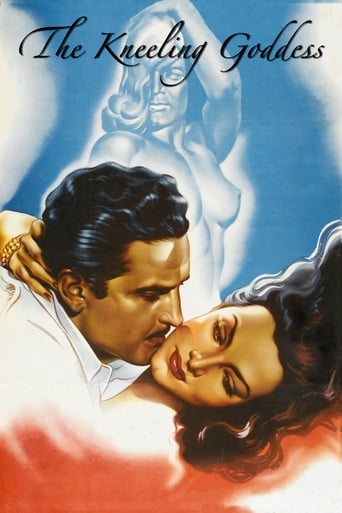



terrible... so disappointed.
Each character in this movie — down to the smallest one — is an individual rather than a type, prone to spontaneous changes of mood and sometimes amusing outbursts of pettiness or ill humor.
View MoreA terrific literary drama and character piece that shows how the process of creating art can be seen differently by those doing it and those looking at it from the outside.
View MoreStory: It's very simple but honestly that is fine.
I saw a beautifully restored print of this yesterday at the Museum Of Modern Art, NYC. The theater was totally full but this was something of a pot boiler and I'm not sure what the cineastes thought of it. At least they could put it on their list. Not being a film fanatic I was just curious to see how a 'serious' Mexican film from that era might look. I must say the production values were very good indeed. Amazing sets and wardrobe and complex camera angels. María Félix could compete with any of the Hollywood divas. It was interesting that some of her gowns featured horizontal stripes which were apparently designed to make her more 'broad' of hip and bust. She looked great, but not exactly by modern American standards. The movie reminded me of "Gilda", which IMDb dates from the year before, but not as neatly put together. It seemed to me that there might have been a rational and organized plot lurking beneath all the confusion but when I thought about it I realized that such a plot would have been a bit trite and contrived and ultimately boring so why not gussy it up a bit. At one point a servant fills some screen time lighting a fire and then a bit later we have a shot from inside the fireplace, through the flames and into the room. Don't see that every day! Actually, for me the most memorable setup was a shot from the garden with the naked derrière of the kneeling goddess statue in the foreground. Behind, through French doors into the dining room, we can see Félix sitting at the far end of a long table, alone and still. The front of a car pulls up in a driveway on the right side of the frame, its light go out, the door slams and then, after a moment we see Córdova, inside, walking across the foyer, far behind her. A great shot which contributes almost nothing to the telling of the story.So between this, and Lady from Shanghai (also 1947) and Gilda I would choose Rita and Glenn. To my taste Glenn is cuter than Orson or Arturo, Rita actually had me convinced that I was straight for a day, and as much as I admire Agustin Lara, Put the Blame on Mame is a better song than the one featured in this film. But I suggest that you see all three and decide for yourself!
View MoreMaria Felix, the archetypical Mexican movie star, plays one of her bad/good girl roles, with elements of the characters played by Joan Crawford, Barbara Stanwyck and even Marlene Dietrich. (she sings a song by her then husband, the famous composer,Augustine Lara). Arturo de Cordova's tortured lover is reminiscent of his role in Buñuel's Exterminating Angel. There's some extraordinary photography , stylized sets (the furniture designer gets a credit) and outrageous dresses for La Doña, as Maria Felix is still known in Mexico. It's definitely one of the styles that Buñuel expanded in his early Mexican films like the 1955 "Ensayo de un crimen."
View More